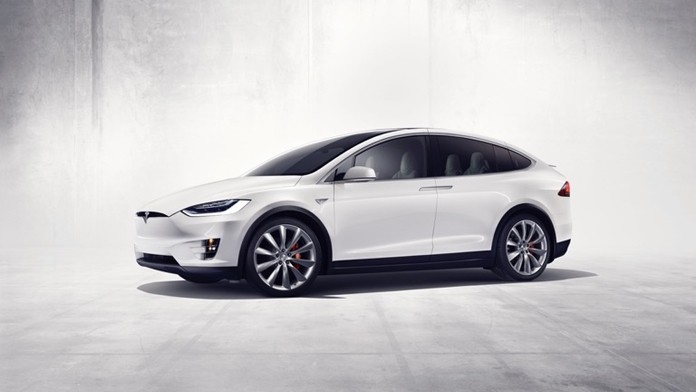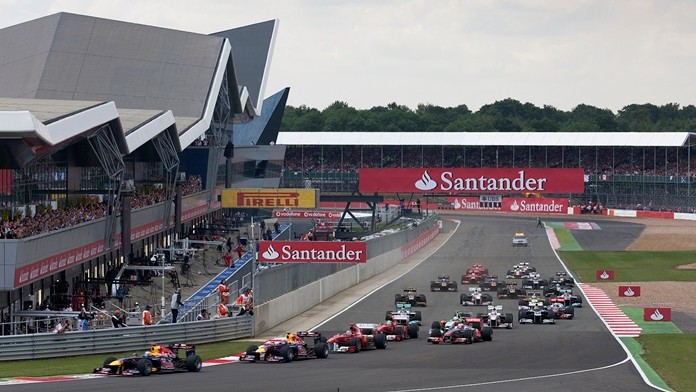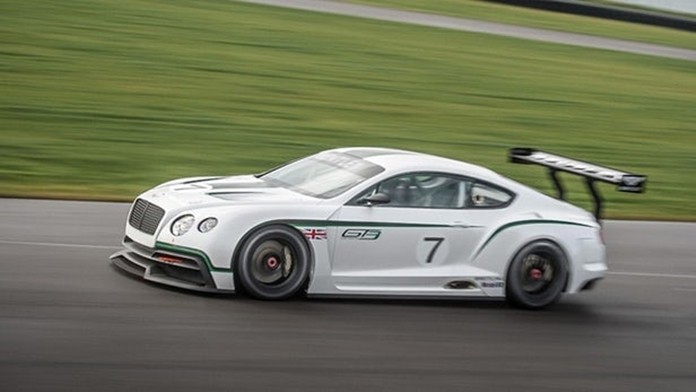
I was passed on the freeway the other day by a Tesla. It passed me so fast I was unable to keep up so I could look at the pointy end of the car.
However, I did find a few articles dealing with the latest variation, the Model X Long Range. Forget range anxiety, this new Tesla has a 370 miles (600 km) range.
What is more, Tesla announced the new powertrains, are applicable to all Model S and Model X variants.
Whilst the battery remains the same as before, more efficient permanent magnet front motors, wheel bearings and tires, amongst other tweaks, have helped to improve efficiency very substantially. The range on each model has increased on the order of 10 percent to 12 percent.
For the Long Range Model S, the EPA range rating has increased from 335 to 370 miles! The improved value proposition has been achieved whilst likely reducing Tesla’s internal costs (the new motor is a variant of the existing high-volume Model 3 motors).
The Standard Range S and X are also now available once more, and include the above 10–12 percent efficiency improvements.
The new Tesla Model X Long Range, meanwhile, gets a 10 percent range boost to 500 km (EPA combined). Like the S, it is at its most efficient on highway cruises, and will likely get an EPA highway rating of at least 335 miles. That will put it at a full 50 percent greater highway range than the I-PACE. Even the Model X Standard Range will likely have at least 260 miles of EPA-rated highway range, putting it 20 percent higher than the I-PACE.
The Audi e-tron is even further behind, having an official EPA combined range of 321 km, and likely around 160 km (if that) on the EPA highway cycle, despite its 95 kWh battery pack. (We don’t yet have the full EPA figures for the Audi, just the EPA combined range of 321 km). This means that even the Tesla Model X Standard Range has likely a 33 percent greater highway range than the Audi, and the Model X Long Range has a 72 percent greater highway range.
Q2 of 2019, Tesla is very pleased to announce a record 95,000 cars out the door. For a start-up with no automotive background, Tesla really is a success story. General Motors should have listened to Bob Lutz.
Start dry-storing your petrol engine cars now, we’ll all be electric in five years and queuing for gasoline within 10 years.
Honda to recall 1.6M vehicles, finish Takata recalls early
Detroit (AP) — Honda is recalling 1.6 million vehicles in the U.S. to replace potentially deadly Takata air bag inflators, completing its required recalls six months ahead of schedule, the automaker said Friday.
When the latest recall is done, Honda says it will have recalled or accounted for 22.6 million inflators in about 12.9 million vehicles.
Takata inflators can explode with too much force and blow apart a metal canister, spewing shrapnel. Twenty-four people have been killed and hundreds injured by the inflators worldwide. Honda was Takata’s largest customer.
The Japanese company, which was forced into bankruptcy by the troubles, used the volatile chemical ammonium nitrate to create a small explosion and inflate the air bags. But the chemical deteriorates when exposed to high temperatures and humidity and can burn to fast, blowing apart the canister designed to contain the explosion.
The recalls include many Honda and Acura models from 2003 through 2015. All received replacement inflators made by Takata before February of 2017 and were scheduled to be recalled a second time to replace those with inflators made by another company.
(Here is the list. Is your car safe?)
Affected Honda models include the 2001-2012 Accord, the 2010-2015 Crosstour, the 2001-2011 Civic, 2002-2011 CR-V, the 2011-2015 CR-Z, the 2003-2011 Element, the 2007-2014 Fit, the 2010-2014 Insight, the 2002-2004 Odyssey, the 2003-2015 Pilot and the 2006-2014 Ridgeline. Acura models include the 2003 3.2CL, the 2013 ILX, the 2003-2006 MDX, the 2015 RDX, the 2005-2012 RL, the 2002-2003 3.2TL, the 2009-2014 TL, the 2009-2014 TSX, and the 2010-2013 ZDX.
Honda said it has completed repairs or accounted for 83 percent of the inflators, among the highest in the auto industry. Some of the inflators have been found in scrap yards or the vehicles are no longer in use.
Owners will be notified by letters starting in mid-August, and Honda is urging people to schedule repairs as soon as possible.
Nineteen automakers are recalling about 70 million inflators in what has become the largest string of automotive recalls in U.S. history. The recalls are taking place on a schedule set by the National Highway Traffic Safety Administration.
The recalls do not include inflators that have a moisture-absorbing chemical. The government will decide by the end of this year whether those should be recalled.
(We have heat and humidity, but no explosions recorded. Hopefully the old local Hondas have the moisture absorbing chemical installed.)
The FIA’s next round of silliness
Austria (AP) — Rome will host the inaugural edition of a multidisciplinary motorsport event in November, with drivers competing for their country rather than individual recognition.
The FIA said on Friday the annual Motorsport Games will initially feature six categories: GT, Touring Car, Formula 4, Drifting, Karting Slalom and Digital Motorsport.
“It is something new for not only motorsport followers and future generations of competitors, but also those with a general appreciation of international sport,” FIA President Jean Todt said.
The Vallelunga circuit, just north of Rome, will host the three-day event, which has its origins in the GT Nations Cup, held in November 2018 in Bahrain and won by a team from Turkey.
The chances of this new format in motor sport becoming a ‘must go’ are extremely low, in my opinion. Have you heard of the Turkey Team GT Nations Cup? I certainly have not.
British GP (Silverstone) this weekend
One of the best circuits for the F1 circus is Silverstone. Loved by drivers and spectators alike, but now its position on the F1 calendar is in doubt.
The Silverstone management has not signed a contract for 2020 and at the time of publication, the 2020 British GP is in doubt.
What is the sticking point? Money, as usual. In effect, the 20 million pound fee Silverstone must pay to host the grand prix, which increases each year because of a clause detailing the increments.

Silverstone is owned by the British Racing Drivers’ Club and the management rejects suggestions that government support should be possible in Britain as nonsense because government support did not save Turkey, India, and Malaysia which are no longer on the calendar.
The British Grand Prix really is the ancestral home of F1, with the first ever F1 GP held there in 1950 (and won by Dr Farina in the Alfa Romeo, for the collectors of F1 history).
This is a circuit that the drivers universally like, a circuit that allows cars to pass each other (even without the DRS and other buttons or coded messages from the pit wall), and a Grand Prix where it is likely to rain at some point. After all, it is in England, and they cannot possible go three days on the trot without a good drenching from above!
The “arena” part of the circuit was used for the first time a few years back and goes from Abbey to Brooklands corners, moving infield and adds an extra 760 m to the track length. You will be heartened to read that Herr Tilke was not involved. Interestingly, this modification was actually built for the MotoGP series, but now incorporated in the F1 series after Bernie, the patron saint of King Midas the Dwarf Enterprises, gave it his blessing. Yes, that is the same Bernie who has masterminded such yawnfest circuits as Bahrain and Singapore. But don’t start me. Now we have the Liberty Media to blame! God bless America.
The Grand Prix will start at 8 p.m. and we watch at Fletchers Folly, Siam Country Club Road (opposite Maxxis and 300 meters before the “Chicken” intersection (Mitkamol). Let us hope we get another exciting race like Austria.
Bentley GT3 R for sale
If you are interested in purchasing a Continental GT3 go to the Join Team Bentley page. (And make sure your credit card is good for about $300,000.)
According to Bentley PR, W.O. Bentley promised always to build a “good car, fast car, best in its class” and this is no different with the race car. Development of the new Continental GT3 has been led with passion and innovation by the engineers of Bentley Motorsport’s in-house team based in Crewe, and supported across the car by designers and technicians at Bentley’s technical partner, M-Sport.
The new GT3 race car was developed in tandem with the recently launched Continental GT road car, and the performance learnings are many. It utilises a mostly aluminium structure to deliver a much lighter, race-ready weight of significantly less than 1300 kg together with more even weight distribution – ideal for racing. The engine is a new development of the race-proven 4.0-litre Bentley twin-turbo V8, with a redesigned dry sump system and all-new intake and exhaust systems. Unrestricted power is in excess of 570 bhp, fuel consumption is improved and despite reduced exhaust noise the sound is still unmistakably Bentley.

Highly optimized road car intercoolers are used in the Continental GT3 to provide optimum engine performance. Exterior aerodynamic surfaces, based on the sleekly refined lines of the road car, provide additional down force. New suspension and braking systems are also bespoke to the car.
 |
 |
 |





